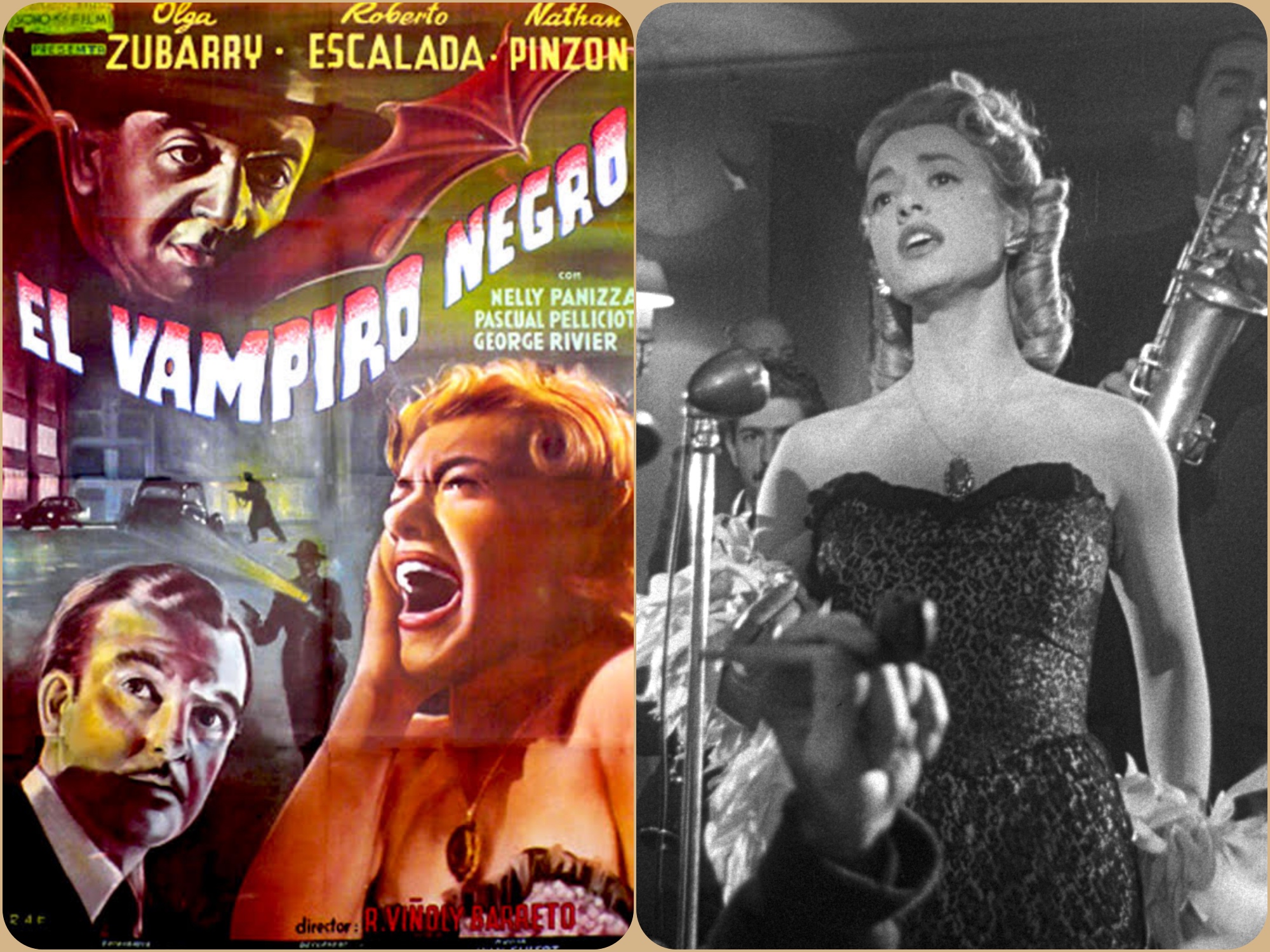
- Film
‘El Vampiro Negro’ Shines at the Egyptian
El Vampiro Negro in glorious black and white. It had all the makings of an instant hit: Roberto Escalada, one of the most prestigious leading men of the time playing against type as a vile prosecutor willing to do anything in his power to achieve his goals, Olga Zubarry, a beautiful young actress who was as popular as she was respected.
normal’>The Beast Must the previous year, M. The role of Peter Lorre was given in the remake to Nathán Pinzón, a comedic actor who as a result became the Boris Karloff of Argentina. As expected, thousands of people donned their Saturday night best and filled every seat in the huge cinemas along Avenida Corrientes. The reviews were magnificent and Zubarry won her second Condor Award from the Argentinean Film Critics Association for her role.
El Vampiro Negro. Biñoly Barreto passed away in 1970, Escalada in 1986, Pinzón in 1993 and Zubarry after winning her 4th Condor de Plata, in 2012. The film’s remaining copies found their way into private hands since Argentina does not have a national cinematheque, and they were fast deteriorating. But when curator and investigator Fernando Martin Peña discovered 26 lost minutes of another Lang masterpiece, El Vampiro Negro topped the list, along with La Bestia Debe Morir and Los Tallos Amargos. Muller has been working ever since to save these films along with the Hollywood Foreign Press Association, which has provided partial funding for La Bestia and Los Tallos and picked up the total $90.000 tab for El Vampiro.
El Vampiro Negro, now brought back to its original pristine black and white. The screening was part of the second annual HFPA Restoration Summit. The weekend-long event, organized in association with the American Cinematheque, also included a show of restored shorts from the Silent Era, a documentary from the times of the Vietnam War introduced by its star, Jane Fonda and a 4k copy of Fellini’s Roma that was presented by the director of the Cineteca di Bologna, Gianluca Farinelli. But on Saturday night, more precisely at 8:30 pm, it was devoted to the Golden Era of Argentine Cinema.
El Vampiro Negro. When Muller took the stage he recalled how the international press reacted to the discovery of the missing minutes of Metropolis, describing it as a lucky break, ‘but the true story is that one man, Argentina’s biggest cinephile, Fernando Martin Peña, had tracked that print of Metropolis for 20 years, and he’s a relatively young man. He knew it was there, but he couldn’t get to it, because of all the bureaucracy’. Peña introduced Muller ‘to a world of Argentine cinema that I and no one else outside or inside of Argentina really knew much about’, he said. That’s how he got a preservation copy made of El Vampiro Negro: ‘I was so blown away by it when Fernando showed it to me in a 16 mm copy that I said that we had to preserve it’.
normal’>El Vampiro Negro to the screen in the same way it looks when it was originally made. It was a long process, but extremely valuable because I think this film is like the missing link in cinema history, just because it’s M reimagined in Buenos Aires in a very different way,’ said Muller who also showed three scenes to illustrate where how UCLA Archive technicians were able to recover images that were almost gone. Before leaving the stage, Muller mentioned that the restored copy of El Vampiro Negro is going to be shown again at the Egyptian in the local version of Noir City Film Festival on March 7, along with the Fritz Lang version and the American remake of it directed by Joseph Losey in 1951.
El Vampiro Negro, in a pristine copy as bright as the one that captured the enthusiasm of the audiences in Avenida Corrientes, fascinated the many people that were there to learn about the cinema which during its Golden Age competed with Hollywood.